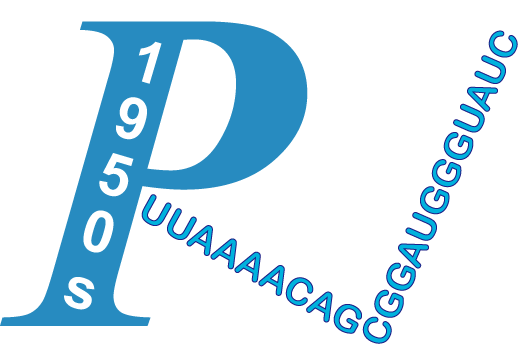| Title | Perampanel enhances the cardiovagal tone and heart rate variability (HRV) in patients with drug-resistant temporal lobe epilepsy. | ||
| Author | Dono, Fedele; Evangelista, Giacomo; Consoli, Stefano; Rodorigo, Davide; Russo, Mirella; Carrarini, Claudia; Di Pietro, Martina; De Angelis, Maria Vittoria; Faustino, Massimiliano; Anzellotti, Francesca; Onofrj, Marco; Di Iorio, Angelo; Sensi, Stefano L; Frazzini, Valerio; Vollono, Catello | ||
| Journal | Seizure | Publication Year/Month | 2022-Jul |
| PMID | 35533446 | PMCID | -N/A- |
| Affiliation + expend | 1.Department of Neuroscience, Imaging and Clinical Science, "G. D'Annunzio" University of Chieti-Pescara; Behavioral Neurology and Molecular Neurology Units, Center for Advanced Studies and Technology - CAST-, University G. d'Annunzio of Chieti-Pescara, Italy. Electronic address: fedele.dono@unich.it. | ||
OBJECTIVE: The temporal lobe plays a central role in the regulation of the "Central Autonomic Network" and cardiovascular functions. The blockade of glutamatergic pathways in the temporal lobe affects cardio-autonomic control. Perampanel (PER) is a non-competitive agonist of the AMPA receptor. This study evaluated PER effects on cardiac autonomic control in patients affected by drug-resistant TLE (DRTLE). METHODS: We enrolled 40 adults with DRTLE treated with PER as add-on therapy (PER group) and 32 DRTLE age, sex, and seizure-frequency matched controls treated with different additional anti-seizure medication (ASM) as add-on therapy (No-PER group). HRV analysis was performed on 5-minute EKG recording in resting state before and 6-months after the introduction of add-on ASM. Linear Mixed Models (LMM) were used to analyzed HRV variables according to time (baseline and 6-months follow-up) and groups. RESULTS: At baseline no differences were detected between PER group and No-PER group according to time-domain and frequency-domain HRV parameters. At the follow-up, in PER group a multiplicative effect for the interaction between treatment and time was observed for MeanRR (ms) (p=0.03), LnRMSSD (ms) (p=0.04), LnHF (ms(2)) (p<0.001), HF n.u. (p=0.001), HF% (p=0.002) with increased values, and for LnLF (ms(2)) (p=0.001), LF n.u. (p=0.001), LF% (p=0.01), and LF/HF (p<0.001) with reduced values. The change in seizure frequency after add-on therapy was comparable between the two groups (p=0.81) CONCLUSIONS: Our data support the notion that PER increases the vagal tone in DRTLE. This activity may exert a cardioprotective effect by reducing the risk of developing cardiac arrhythmias. Furthermore, given the correlations between HRV modifications and the occurrence of SUDEP, future studies will need to test the protective effects of PER on SUDEP.
